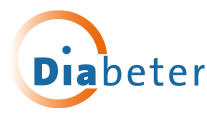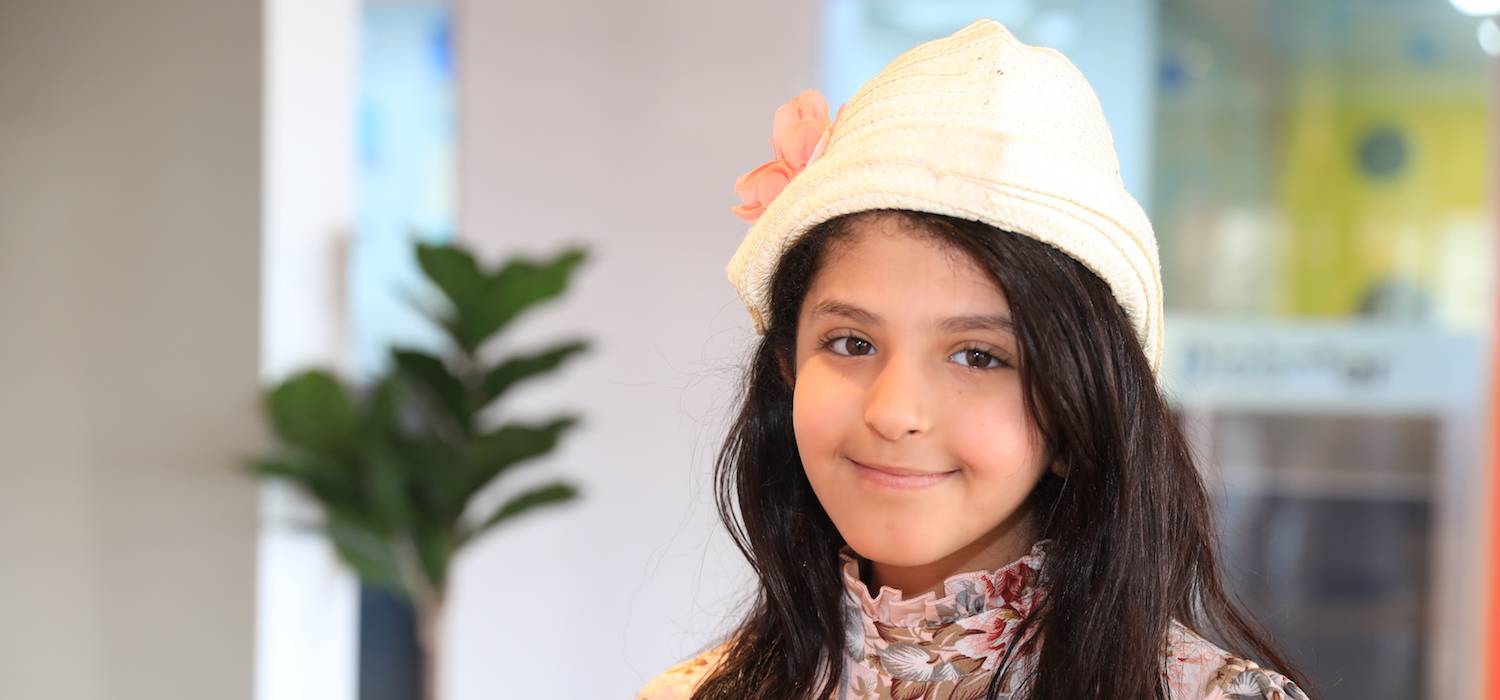Hypo hyper diabetes | diabetic care hypo | management of hypos
Better management of hypo and hyper diabetes in juveniles
Hypoglycemia and hyperglycemia occur when the body is unable to strike that delicate balance of blood glucose with food and activities. Even with the additional support of insulin injections it is easy to lose this balance. Hypoglycaemia is when blood glucose drops too low. Hyperglycaemia is when blood glucose rises too high.
Diabeter can help treat and avoid these conditions.
Hypo
With a hypo (full: hypoglycemia) the blood sugar is too low. A hypo can occur because you eat too little, inject too much insulin or do a bodily effort for too long. Most times a hypo feels like feeling uneasy, but this is not always the case. Sometimes you don’t feel a hypo coming at all. In this case, somebody else catches on to what is happening to you before you do.
Symptoms of a hypo:
- Being tired
- Feeling hungry, shaking, sweating
- Seeing less
- Headache – feeling very warm or cold
- Mood swings, loss of concentration
It is important to recognize a hypo timely. If not, ultimately there can be so little glucose available to the brain that it doesn’t function properly anymore. You can faint or even go into a coma. Therefore, the lack of sugar in the blood has to be supplemented as soon as possible with fast carbohydrates. Fructose (Dextro Energy) or lemonade syrup are very useful for this. Directly after that, you have to eat something, like a cake, a sandwich or a banana.
Exercising or other bodily efforts are things best not to do if you have a hypo. Measure your blood glucose level again after fifteen minutes. Is it lower than 2,7 mmol/l, call our emergency line and you are immediately given advice by one of our doctors.
You may also be interested in:
Type 1 diabetes: insulin production out of order
Our approach in type 1 diabetes care
Hyper
The reverse of a hypo is a hyper (full: hyperglycemia). The blood sugar level is too high, which means above 11.1 mmol/l. A hyper can occur by eating too much, using no or too little insulin, stress or disease.
Symptoms of a hyper are:
- Thirst, dry tongue
- Tiredness, sleepyness
- Urinating much
- Sudden mood swings, getting angry easily
- Being nauseous or vomiting
What you have to do when you get a hyper depends on the glucose level. Sometimes giving yourself some extra insulin according to the treatment schedule or our diabetes team is enough. If a hyper occurs more often or if your level is too high up, get in contact with the team that treats you or call the Diabeter emergency line, which is available 24 / 7.
A child that has too high levels for a longer period, can deregulate into a diabetic ketoacidose (DKA). A DKA is life-threatening and can lead to brain oedema or a coma. This is why fast recognition of being “too high” is so important.
The repercussions of a hyper or a hypo
Especially higher values for a longer period on end (months) are not good for the body. In the long run, they cause damage to the blood vessels. And this leads to numerous complications later on in life in for instance the kidneys, the heart and the eyes. But specially in young children serious hypos can occur. This is why at Diabeter we continuously monitor your blood glucose levels from a distance. We receive those measurements through the glucose meter or the insulin pump that you have uploaded. Within five minutes after such an upload you receive an advise in colour about the process of your blood glucose levels in the past weeks. If you have too many high (red) or low (blue) levels, you can discuss with your diabetes nurse during our daily telephone office hours what it is that you might do differently. This way, we keep a close watch.
We offer fast and convenient access to diabetic care services
The mission of Diabeter: a future without diabetes complications
Diabeter is the specialized treatment centre for type 1 diabetes in children and adults. Not only does it want to provide good diabetes care, it also wants to make diabetes care better. We’re working on a future without diabetes complications for all of our patients. The way we work leads to remarkable results even now: 58% of our insulin pump users reaches an HbA1c*) lower than 7,5%. A very good result, also in international perspective. And important too, because better diabetes regulation means much less hospitalization (only 3% of our patients per year). This means that the young people who receive treatment from us grow up healthier in the long run. Diabetes complications are prevented as much as possible.




